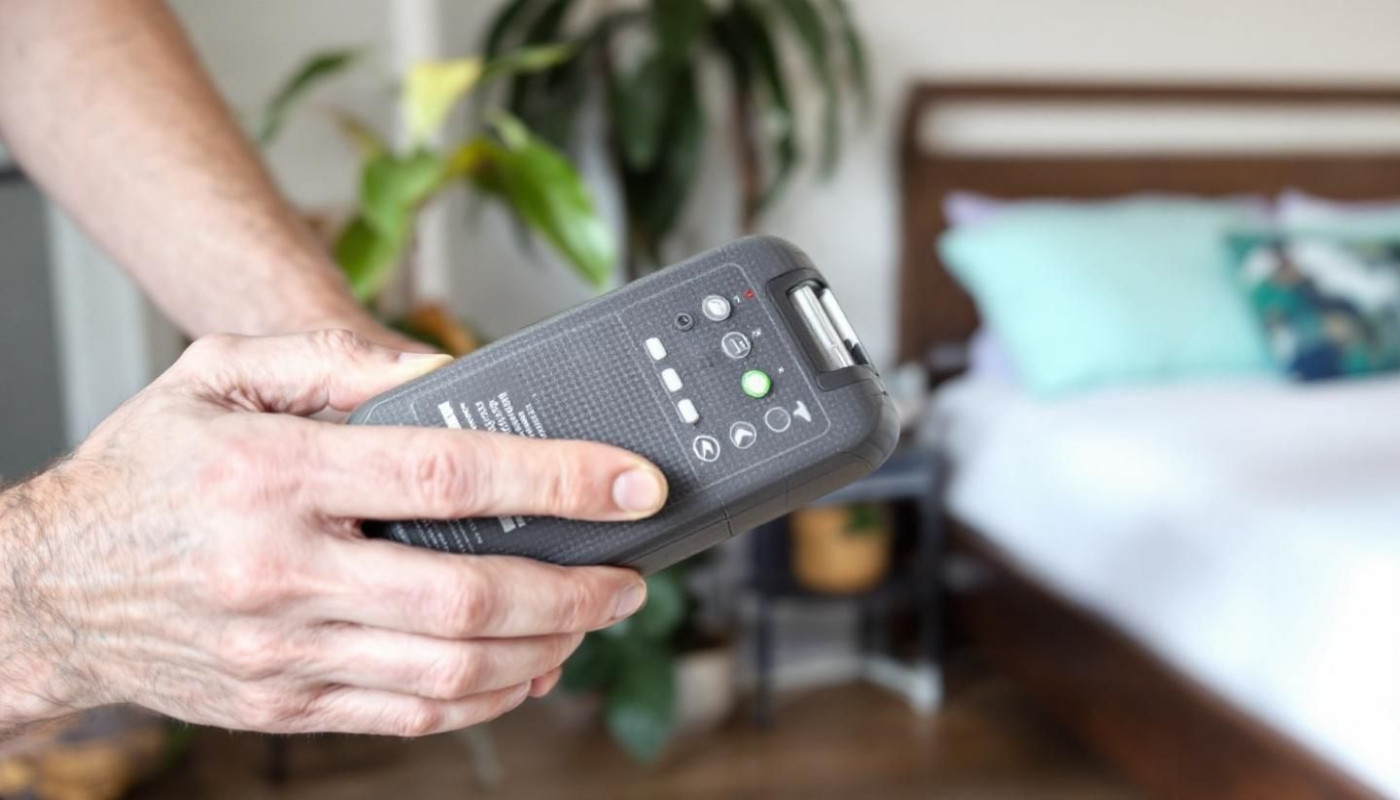Table of contents
Dealing with bed bugs can be both challenging and stressful, especially when considering the environmental impact of traditional extermination methods. Fortunately, there are various eco-friendly techniques that offer effective solutions without harming your health or the planet. Explore the following sections to discover sustainable strategies that can help you eliminate bed bugs while keeping your home safe and green.
Understanding bed bug biology
Grasping the biology and behavior of bed bugs is foundational for anyone seeking eco-friendly solutions to a bed bug infestation. These nocturnal insects possess an exoskeleton and progress through multiple developmental stages known as the bed bug lifecycle, which includes eggs, nymphs, and adults. Each stage requires a blood meal for progression, and their elusive nature allows them to hide in crevices during the day, making them difficult to spot without professional assistance. Recognizing behavioral patterns—such as their attraction to warmth and carbon dioxide—allows a pest control expert to target treatments more effectively and minimize environmental impact. Sustainable, green pest management relies on a thorough assessment of these habits: by monitoring life stages and hiding spots, professionals can implement precise interventions, reducing the need for harmful chemicals and prioritizing methods like heat treatment, vacuuming, and physical barriers, all of which align with eco-friendly practices. Understanding the bed bug lifecycle and behaviors not only aids in immediate elimination but also helps prevent future infestations, ensuring a healthier indoor environment.
Heat treatment techniques
Heat treatment stands out as one of the most effective eco-conscious methods for non-toxic bed bug removal, leveraging thermal remediation as a sustainable pest control alternative to chemical pesticides. This process involves raising the temperature of infested areas to a level known as the thermal death point, typically between 117°F and 122°F (47°C to 50°C), for a prolonged period. At this temperature range, bed bugs—across all life stages, including eggs—succumb quickly, breaking their biological processes and ensuring comprehensive eradication. The use of professional-grade heaters and sensors ensures even heat distribution, minimizing cold spots where insects might survive. Employing a certified pest control expert is vital, as they possess specialized training and equipment to manage the heat treatment process safely. Their expertise helps prevent property damage and ensures that the entire space reaches and maintains the required temperature, which maximizes the treatment's effectiveness while prioritizing sustainability and the well-being of occupants. Heat treatment avoids chemical residues, making it a preferred choice for those seeking non-toxic, environmentally friendly solutions to persistent bed bug infestations.
Natural desiccant dusts
Natural desiccant dusts represent a highly eco-friendly pest control option for those seeking safer alternatives to chemical treatments. Diatomaceous earth is a widely recognized natural bed bug killer that works by adhering to the insects’ outer layer and causing cuticle dehydration. This process destroys the protective waxy coating on bed bugs, leading to lethal water loss without the use of toxic chemicals. Diatomaceous earth and similar desiccant dusts offer a sustainable choice that contributes to effective bed bug prevention and management in a variety of environments. Nevertheless, correct application is essential to maximize efficacy while minimizing exposure risks to people and pets. A qualified pest management professional understands the appropriate dosages, targeted application sites, and safety measures involved, ensuring the treatment remains both effective and safe for household members. For residents in Montreal seeking reliable expertise, the Best bedbug exterminator in Montreal can provide guidance and professional application of these eco-friendly solutions.
Preventive eco-friendly practices
Adopting bed bug prevention tips rooted in sustainable home care significantly reduces the likelihood of future infestations while supporting a healthier environment. Practicing eco-friendly cleaning routines—such as regular vacuuming of mattresses, carpets, and furniture, along with laundering bedding in hot water—removes bed bugs and their eggs without harsh chemicals. Implementing pest exclusion strategies like installing exclusion barriers around bed frames, electrical outlets, and wall cracks can physically block access points, effectively deterring bed bugs. Green pest solutions, including the use of essential oils like lavender or tea tree as natural repellents, further diminish infestation risk. A seasoned pest control expert plays a vital role in guiding homeowners, providing tailored education on eco-friendly interventions, and ensuring that all preventive methods are properly and consistently applied for lasting results.
Integrated pest management approach
Integrated pest management offers a comprehensive framework for eco-friendly bed bug control that balances effectiveness with environmental sensitivity. This holistic pest control philosophy relies on combining multiple sustainable pest solutions rather than depending on a single treatment. IPM strategies integrate physical removal, targeted heat treatments, organic dusts, and the diligent use of monitoring devices to detect new or persistent infestations. Ongoing surveillance through these monitoring devices ensures that interventions are timely and precise, preventing unnecessary chemical exposure. Engaging a professional pest control expert is highly recommended, as their experience is invaluable in crafting and supervising a customized IPM plan. By blending preventive measures, regular inspection, careful application of non-toxic substances, and community awareness, integrated pest management stands out as a responsible pathway for anyone seeking sustainable bed bug elimination with minimal environmental impact.
Similar




